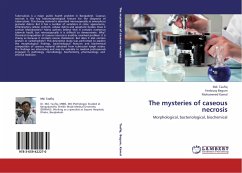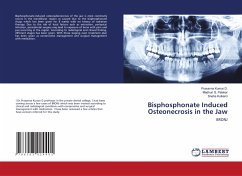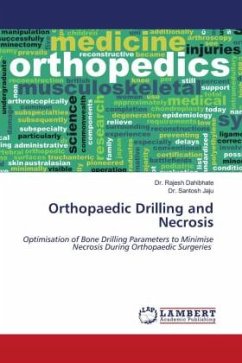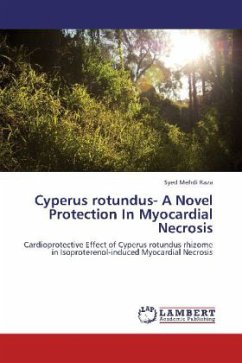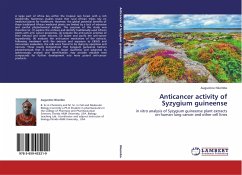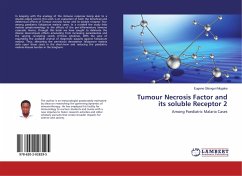Tuberculosis is a major public health problem in Bangladesh. Caseous necrosis is the key histomorphological feature for the diagnosis of tuberculosis. This cheesy material is described microscopically as amorphous granular debris. But it has a number of variations in color, appearance, inflammatory cellular content, cellular debris and apoptotic bodies. Does it contain Mycobacteria? Many authors believe that it contains numerous tubercle bacilli, but microscopically it is difficult to demonstrate. Why? Chemical composition of caseous necrosis is another unsolved problem. It is cheesy as because it contains excess cholesterol. But does it also contain protein or carbohydrate? This descriptive study was performed to explore the morphological findings, bacteriological features and biochemical composition of caseous material obtained from tubercular lymph nodes. The findings are interesting and may be valuable to medical professionals engaged in pathology, microbiology, biochemistry,pharmacology and internal medicine.
Bitte wählen Sie Ihr Anliegen aus.
Rechnungen
Retourenschein anfordern
Bestellstatus
Storno

